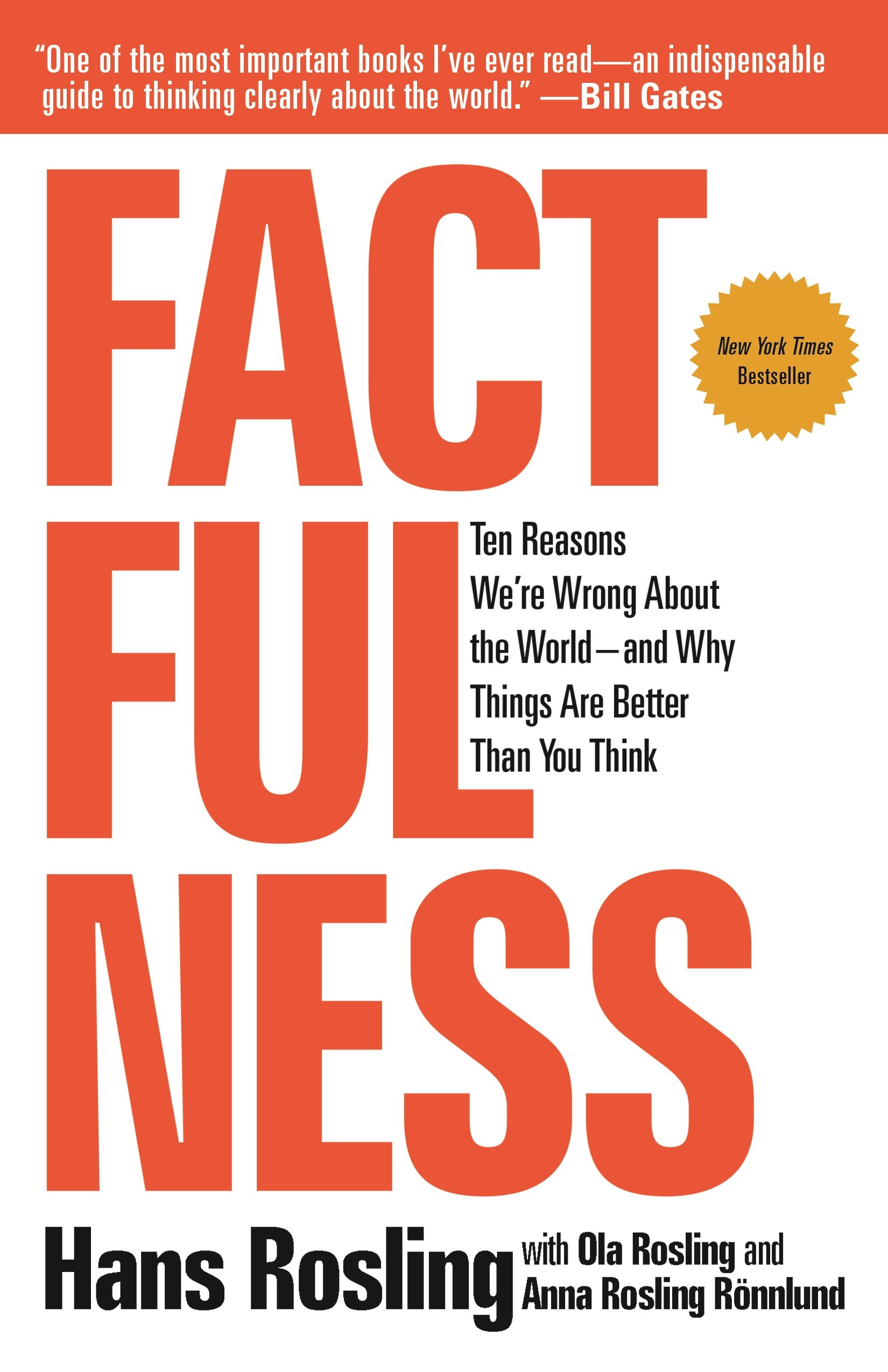Factfulness by Hans Rosling

The world is popularly divided into the “developed” and “developing” worlds, but this classification is too simplistic and neglects the enormous variation present in the “developing” category. A more accurate classification features 4 levels, each corresponding to an income range and lifestyle.
LEVEL 1 ($0-2/day, 1 billion people) Dirt-poor subsistence poverty. Life is consumed entirely by the obtaining of water and food. Infrastructure is minimal. Child mortality and fertility rates are high. Illiteracy and infectious diseases are widespread.
Sample countries: Haiti, Afghanistan, Nepal, much of sub-Saharan Africa, virtually the entire world before 1800
LEVEL 2 ($2-8/day, 3 billion people) People eat food farmed by people other than themselves. Primary-level education is common. Drastic decrease in fertility rate relative to Level 1. Basic medical care such as vaccinations are available. Buildings and public infrastructure are a shabby patchwork. Electricity and water are accessible, though usually not at home and often unreliable.
Sample countries: Bangladesh, Nigeria, Vietnam, the West in the 1920s
LEVEL 3 ($8-32/day, 2 billion people) Water is available at home and electricity is reliable enough for homes to have refrigerators. Motor vehicle ownership is common and broadens the choice of job opportunities. Economy is largely industrial. High-school level education is common. Incomes are high enough to allow discretionary spending and long-term saving.
Sample countries: China, Latin America, north Africa, the West in the 1960s
LEVEL 4 ($32+/day, 1 billion people) Homes are richly stocked with convenient appliances. Buildings and public infrastructure are of high quality. Drastic decrease in crime and accidents relative to Level 3. Drastic reduction in work hours and drastic increase in discretionary income relative to Level 3. Tertiary education is common. Economy is largely post-industrial.
Sample countries: the West, east Asia, Arab petro-states
The popular belief is that the gap between the developed and developing worlds is growing and insurmountable. In practice, the second half of the 20th century was an unprecedented miracle in wealth-building and poverty reduction. Billions of people in the non-Western world have moved out of Level 1. Even in the West, where progress has been slower, society has moved from Level 3 to 4 and Level 3 is now considered below the poverty line.
The global wealth curve has changed from a double-hump to a bell curve whose peak is currently at the high end of Level 2. Nearly all children today grow up at least one entire level higher than their parents did, someone even more than one. By 2040, Level 1 will be nearly gone, the median person in the world will live on Level 3, and the majority of people on Level 4 will be non-Westerners.
